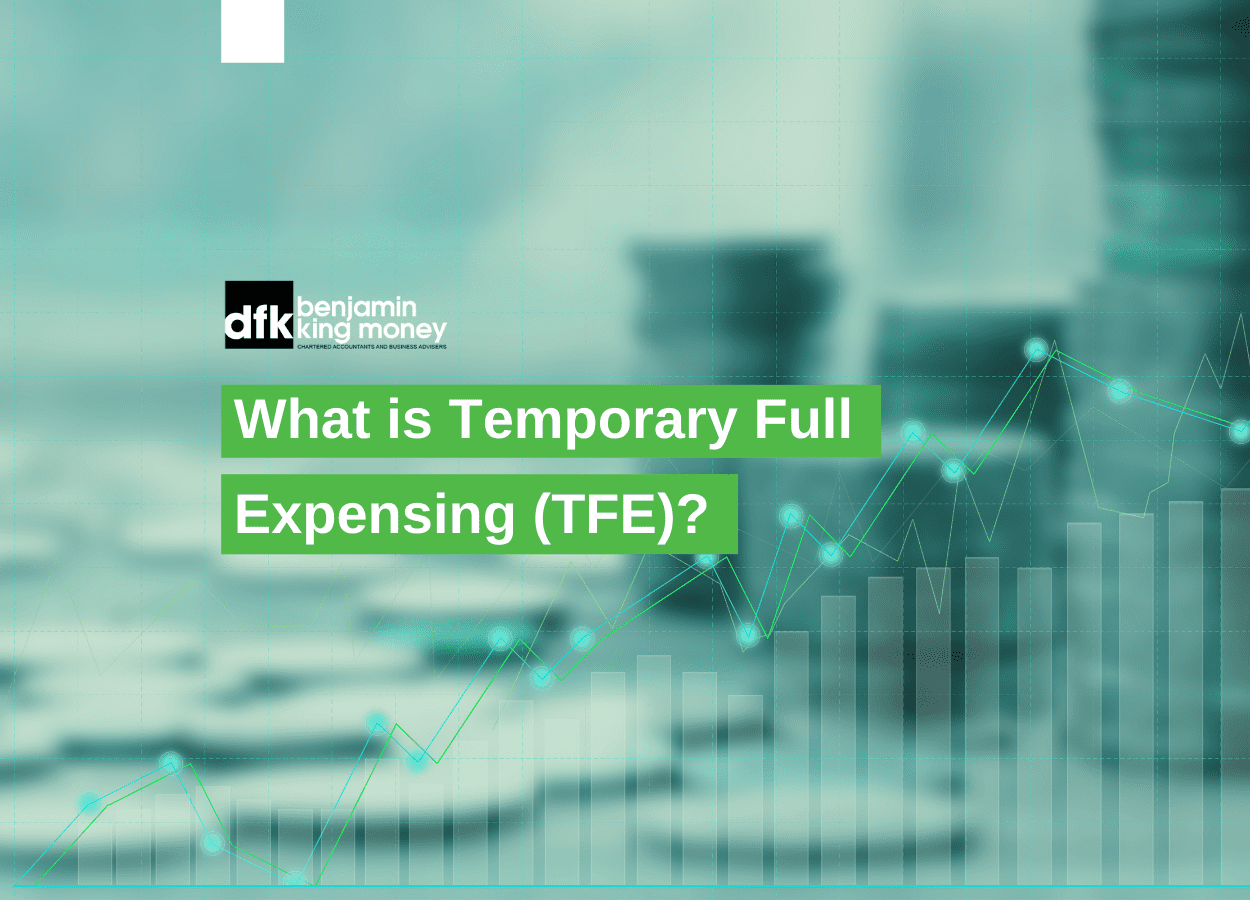As business taxpayers prepare their 30 June 2021 income tax returns they will need to consider their depreciation claim for depreciable business assets. These considerations may need to include whether the following rules may apply
- Instant Asset Write Off (IAWO) or Temporary Full Expensing (TFE) – Eligible businesses can claim an immediate deduction for the business portion of the cost of an asset in the year the asset is first used or installed ready for use.
- Backing Business Investment – Eligible businesses may be able to deduct the cost of new depreciating assets at an accelerated depreciation rate.
The decision to utilize the TFE should be considered carefully as it may have outcomes that the business taxpayer has not anticipated.
Basic requirements and outline of TFE
- Eligible taxpayers that purchase an eligible business asset at or after 7:30 pm 6 October 2020 to 30 June 2023 can receive a deduction for the full value of the asset in the income year that is was purchased and installed ready for use.
- To qualify to use TFE the taxpayer is required to carry on a business with aggregated turnover of less than $5 billion.
- Businesses that have not used the small business simplified depreciation rules can opt out of TFE.
- Taxpayers that choose to opt out of TFE need to be aware that the IAWO rules may apply to assets purchased prior to 31 December 2020 and first ready installed for use prior to 30 June 2021. There isn’t a choice to opt out of the IAWO regime.
- If a taxpayer chooses to opt out they may also need to consider the rules in relation to Backing Business Investment. This will apply to new assets, valued at greater than $150,000 that are purchased between the 12 March 2020 to 30 June 2021. There is the option to opt out of this regime similar to TFE.
- Where taxpayers opt out of the TFE and the IAWO rules and Backing Business Investment doesn’t apply then the standard depreciation rules in Division 40 will apply.
Implications of temporary full expensing
It’s important that when a business taxpayer uses the TFE regime they consider the potential implications and outcomes:
- If a taxpayer uses the TFE it could result in a large tax deduction that may result in a significant tax loss. The ability to offset the loss against future taxable profits will be subject to additional tax measures which could include the company tax loss rules or trust loss rules. The future deductibility of these losses may be disallowed if there has been a change in ownership and/or activities of the business.
- If a tax loss is generated by a company taxpayer in the 2020, 2021 or 2022 income years, which could have resulted from using the TFE, the company may look to utilize the carry back loss rules. This could result in receiving a tax refund for previously paid tax in the 2019, 2020 and 2021 income years.
- The interaction between TFE and simplified depreciation will result in any taxpayer with a balance in their small business pool at 30 June 2020 being required to fully expense the pool balance for tax purposes in 2021 FY. There isn’t a choice to opt out with this rule.
- The future sale of an asset fully expensed via these rules will be fully assessable. If the asset ceased to be used in the business and was subsequently sold, a proportion of any proceeds received on sale would be assessable.
Summary
Business taxpayers need to consider carefully their choice in relation to the deduction they claim for assets purchased in the 30 June 2021, 2022 and 2023 financial years. These choices have implications beyond the financial year in question and adverse outcomes may occur. It is also possible by using the TFE that additional benefits may arise via the carry back loss rules.

